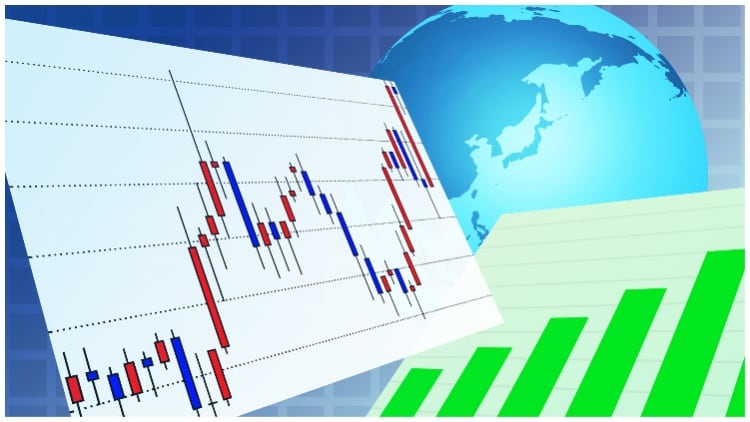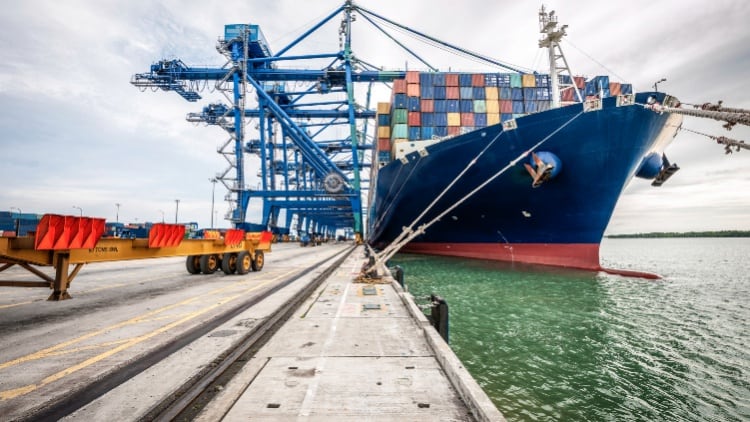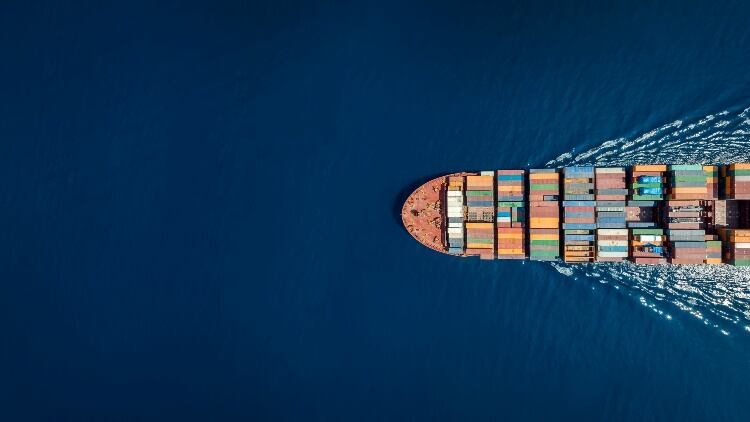This month (July 2023) saw the UK formally agreeing to join the Comprehensive and Progressive Agreement for Trans-Pacific Partnership (CPTPP), an Asia-Pacific trade bloc made up of 11 other countries.
The deal intends to simplify imports and exports between the regions (UK, Australia, Brunei Darussalam, Canada, Chile, Japan, Malaysia, Mexico, New Zealand, Peru, Singapore and Vietnam). However, as trade nets alter and expand and supply chains become more complex in the UK, what considerations must be taken and how can technology play a part?
To answer this, Food Manufacture sought the expertise of from Edward Porter, director of Internet of Things (IoT) solutions at IMS Evolve.
Q: How will the UK food supply chain successfully transition from importing food from neighbouring counties to relying on goods that have to be transported halfway across the world?
A: As the UK food supply chain becomes more complex and global in nature, embracing digitalisation becomes a crucial consideration. Technology has the capability to unite the numerous disparate systems and siloed organisations into one standardised platform, regardless of geographical location. The advantages of a digitally enabled supply chain are diverse, including immutable traceability and verified provenance, heightened flexibility, visibility and productivity, and a simultaneous reduction in food waste.
However, a challenge lies in the diverse mix of standards, procedures and maturity across the expanding global supply chain. This variation can range from highly technical larger companies to farmers and small outfitters still reliant on manual procedures and paperwork.
Consequently, allocating resources, providing training and adopting the right technology will be essential to ensure all organisations are well-prepared for these new standards within the UK supply chain and for successful integration with supply chains across the world.
Q: Will new measures need to be put in place, such as digital product passports?
A: Digital product passports work, as the term implies, by providing each product arriving in a country with an individual information passport, giving supply chain organisations access to data about the product's origin and journey at the click of a button.
With the new trade deal, food entering the UK will be coming from further afield and will be sourced from new locations. Having access to this data will be vital in promoting trust and transparency, and will ensure produce has been sourced, stored and transported within required standards and regulations to maintain the safety, quality and integrity of the food.
Commenting on the recently signed CPTPP agreement, a Department for Business and Trade spokesperson told Food Manufacture:
“We were clear throughout talks that the UK’s accession must be right for British companies, consumers and food producers whilst protecting our food safety, environmental protection, and animal welfare standards.
“Joining CPTPP is part of the UK’s tilt towards the Indo-Pacific which will help diversify our trade, make our supply chains more resilient.”
Background:
- Without exception, all imports into the UK must comply with our existing import requirements.
- All agri-food products must comply with our import requirements in order to be placed on the UK market, whether they are subject to tariffs or not.
- We are becoming a member of a bloc where most goods imports are eligible for zero tariffs, consumers and businesses could benefit from better choice, quality, and affordability.
- This could include cheaper import prices for high-quality consumer goods ranging from fruit juices from Chile and Peru, to honey and chocolate from Mexico, to vacuum cleaners from Malaysia.
- This also expands to agricultural products which will make the market more competitive, both in the UK market and when producers export to other CPTPP countries.
- The CPTPP agreement also includes environment chapters reaffirming our commitments to the Paris Agreement and our right to regulate to meet Net Zero.
The farther food has to travel before hitting supermarket shelves, the more likely it is that the shelf life of the product could worsen. Therefore, measures will need to be put in place (both technical and regulatory) to ensure the supply chain has the ability to monitor critical factors, such as temperature and location information, across the supply chain to ensure the quality of food isn’t negatively impacted, shelf life limited and/or produce wasted.
For example, if the fridge storing a product on its journey is running just one degree off, retailers are looking at approximately one to two days reduction in the product life. If this isn’t managed correctly, it could exacerbate the existing food waste problem.
According to Lesswaste, not using food ‘in time’ accounts for 41% of the 4.5 million tonnes of edible food that is thrown away in UK homes each year. To avoid this, every stage of the supply chain needs to be effectively monitored and managed so that real-time and contextualised equipment adjustments can be made to ensure food quality.
By making this product information available, the provenance and quality of food can be established, and food products can become an entity that can be virtualised, tracked and validated. Essentially, by bringing the supply chain into the digital world, unprecedented levels of control and visibility are enabled to achieve immutable traceability and enhanced food safety.
Q: What kind of wider impact will this have on sustainability and achieving Net Zero?
A: At its core, the increased distance food will travel will inevitably lead to higher emissions due to longer journeys and additional transportation. However, the implications are more intricate when considering the vast amount of equipment that is required to protect food safety and preserve quality across the journey. These vast levels of equipment will result in significant energy consumption and further potential environmental impacts. To put this into perspective, supermarket fridges alone account for a substantial 1% of the UK's total electricity consumption.
To address these challenges and minimise environmental footprint, a comprehensive approach is needed that enables real-time visualisation and control of equipment. By deploying advanced monitoring and management software, the goal is to ensure continuous optimisation of machinery and prevent energy wastage. An essential aspect of this approach is the tracking of temperature data, which can help avoid unnecessary energy consumption caused by over-chilling food. Organisations can automatically set, monitor and maintain refrigeration temperatures tailored to suit the specific contents, thus fostering a more sustainable food distribution process.
Data collected through these monitoring solutions can also effectively highlight the health and performance of machines. It enables real-time alerts for anomalies, faults and failures to facilitate rapid and efficient corrective measures and automated actions. This proactive approach minimises the likelihood of inefficient machines leading to excessive energy consumption and prevents costly breakdowns. Ultimately, it drives down expenses, reduces emissions and brings the supply chain closer to achieving net-zero.
Q: Is there a chance that being part of the CPTPP will alter food regulations in the future?
A: Trust and transparency stand as pivotal considerations as the UK supply chain integrates with the global market. As this connection takes shape, it becomes imperative to establish mutually agreed-upon rules and regulations governing the farming, labelling, storage and transportation of food. For instance, certain conditions and ingredients may be deemed unacceptable to ensure the safety of the food being sold to consumers.
This is likely to spark broader discussions on food rules and regulations, aiming to forge a cohesive agreement with the countries involved in the trade deal.
You may also like our article from Kimberly Coffin, global technical director at LRQA, as she offers her expert thoughts on why and how supply chains risk analysis needs a review.




